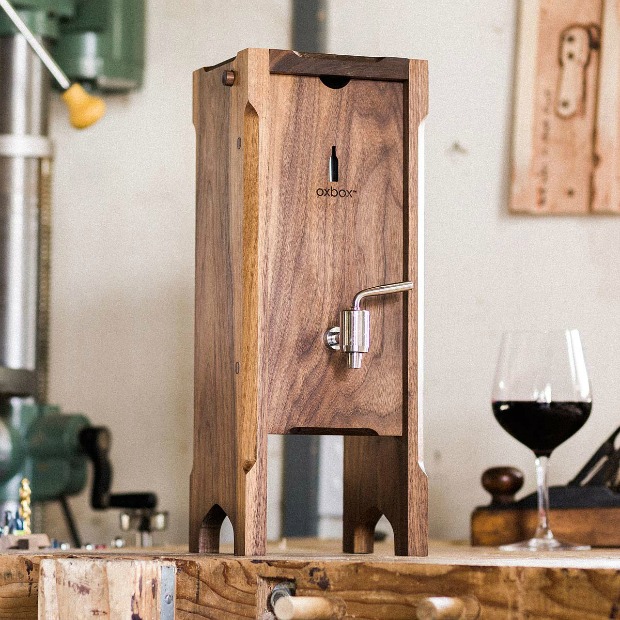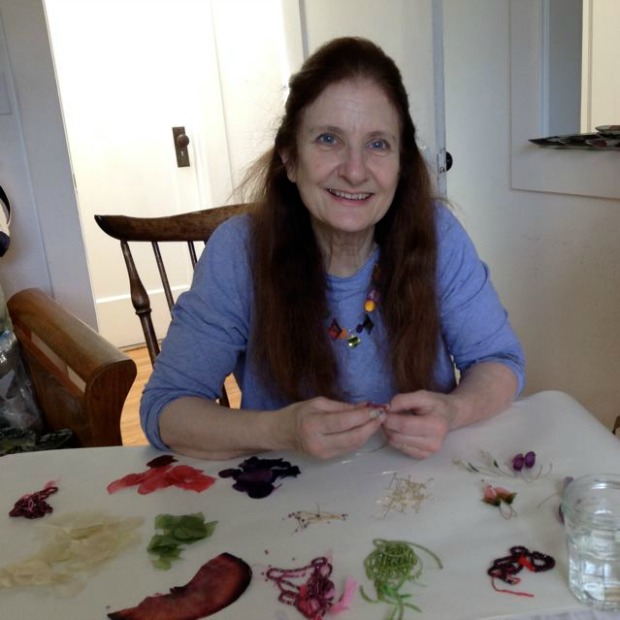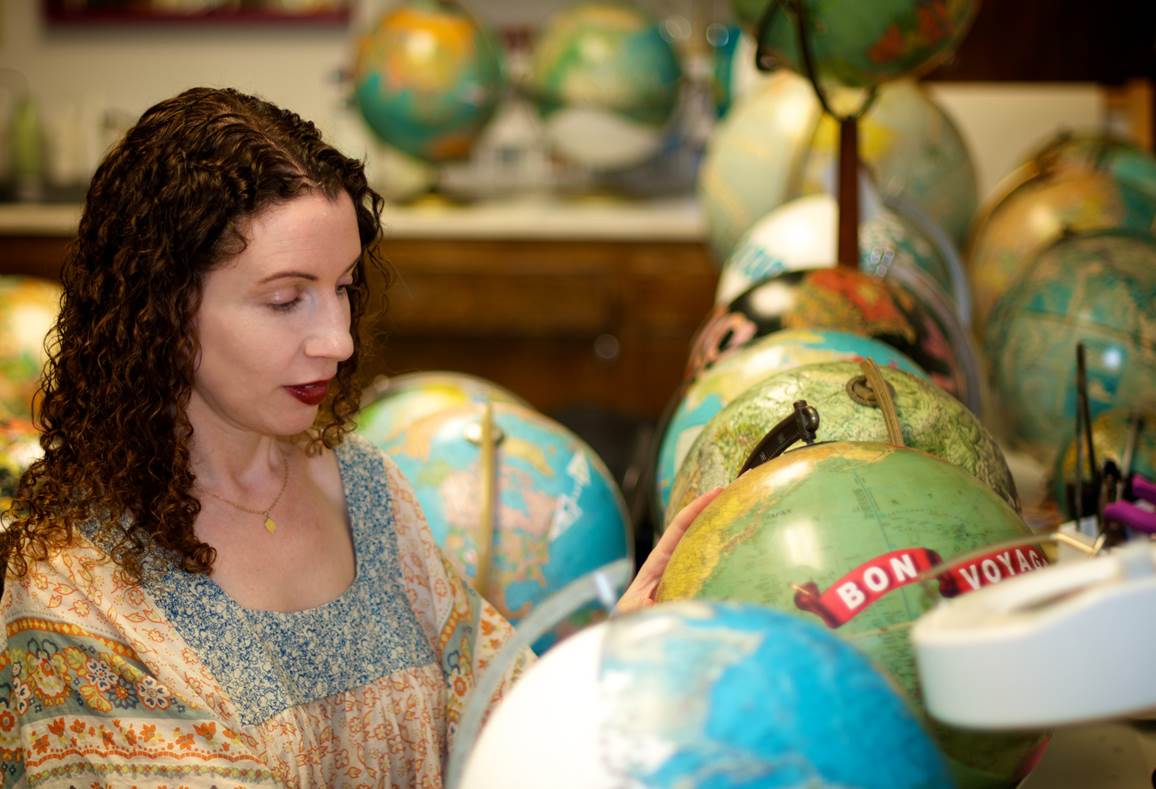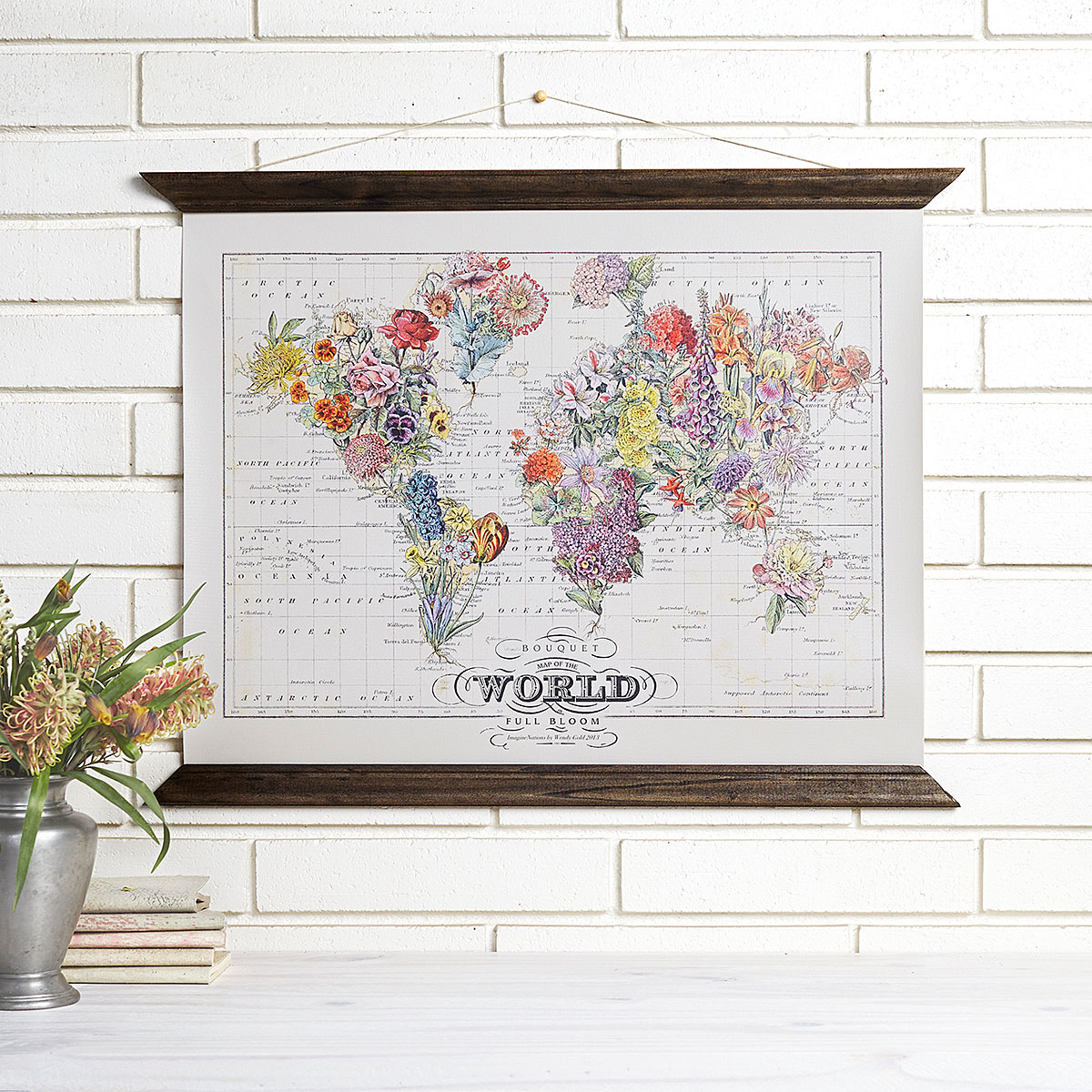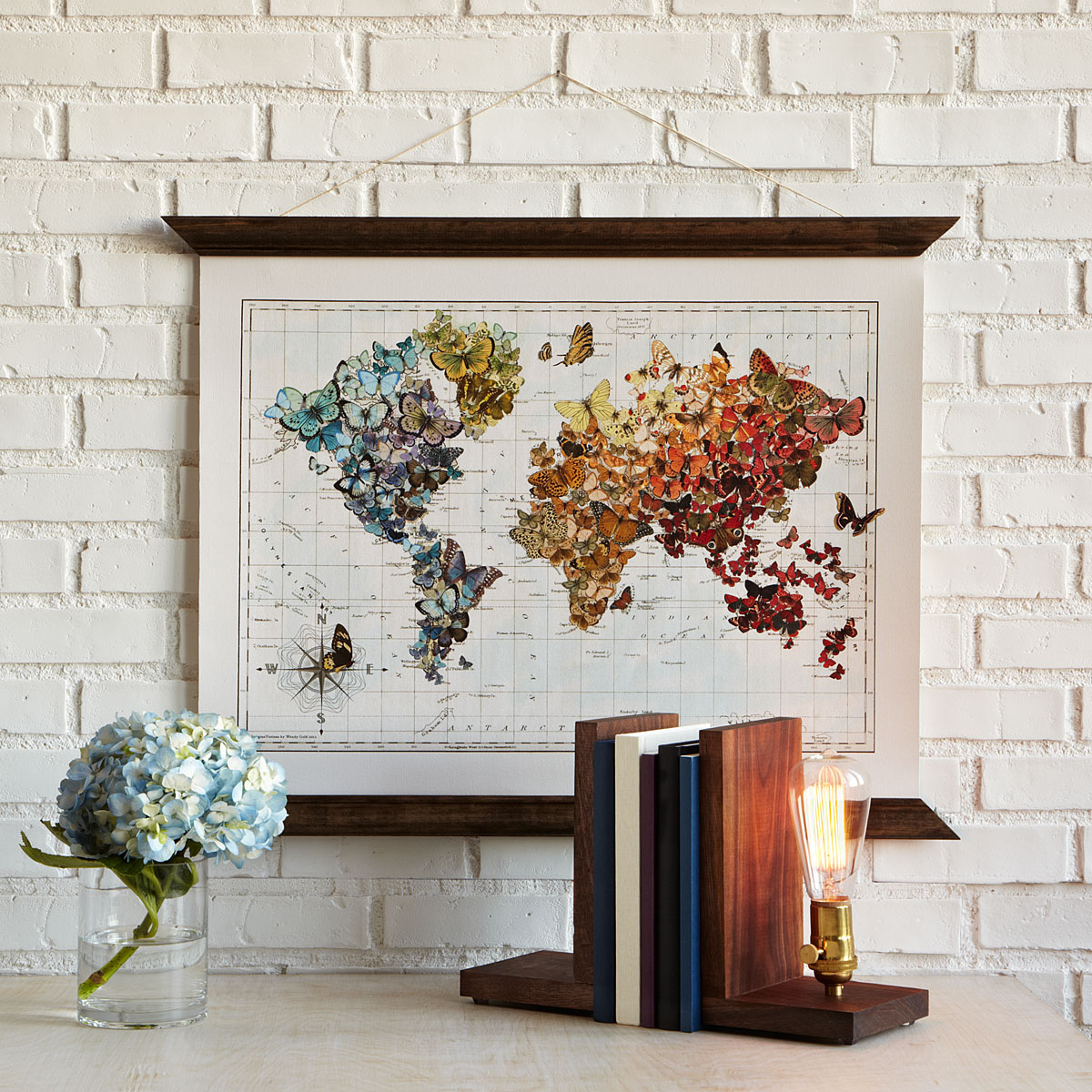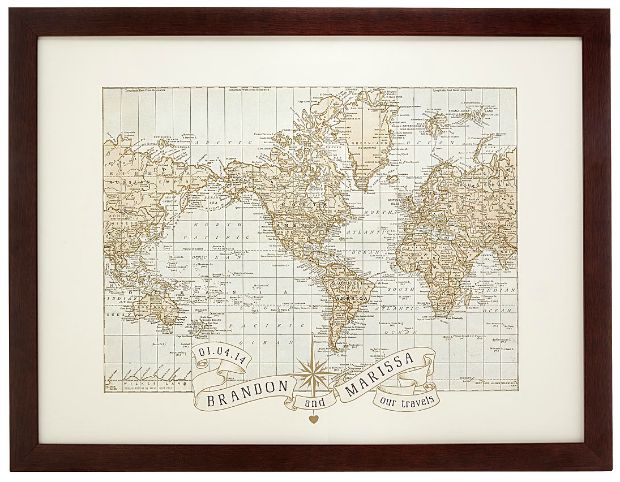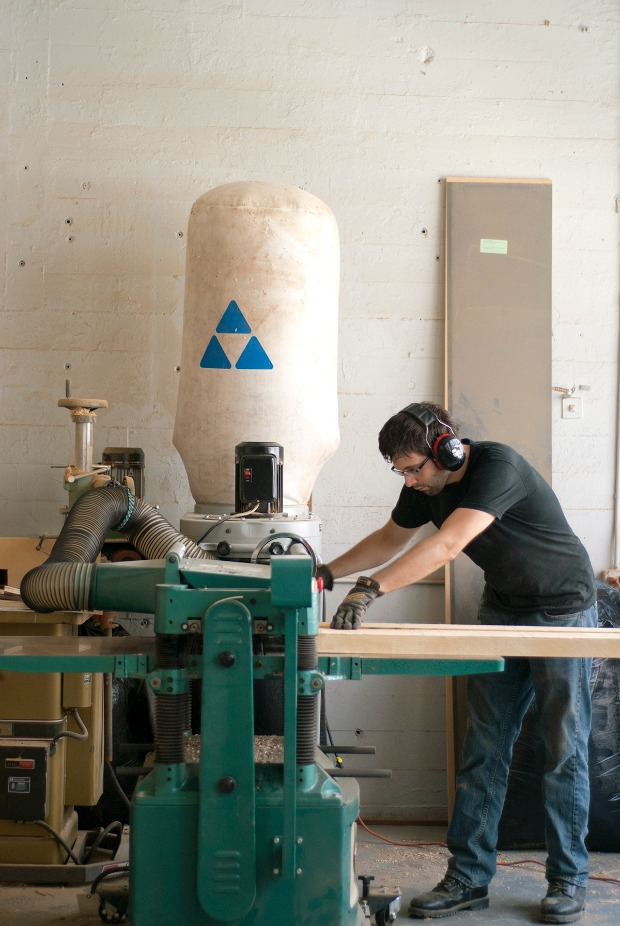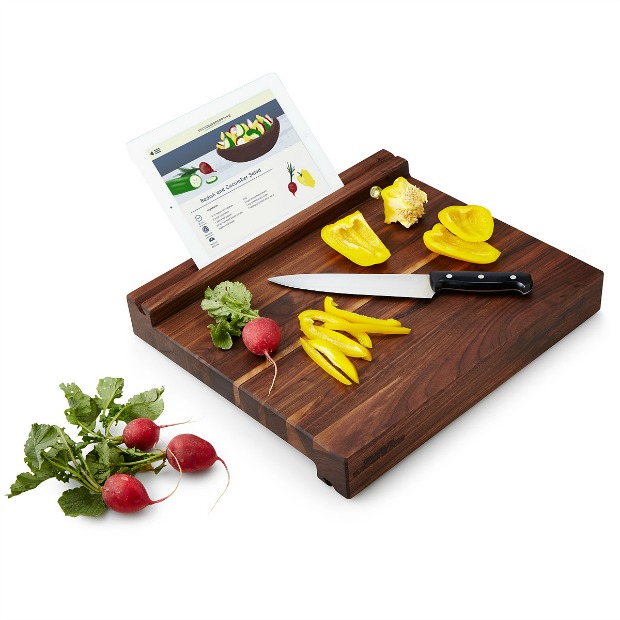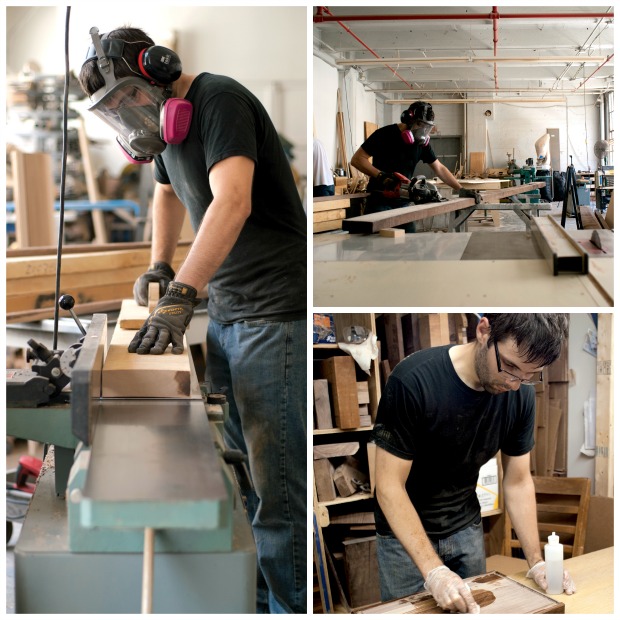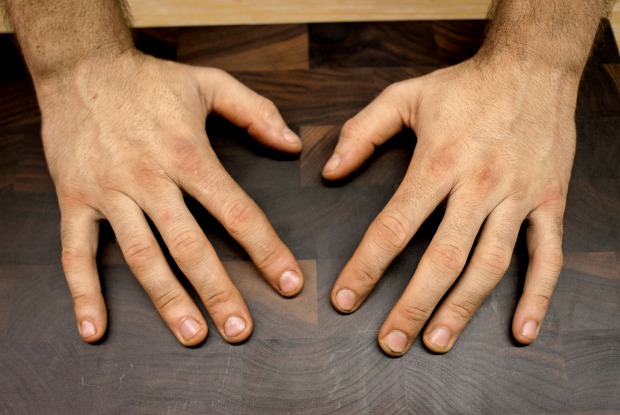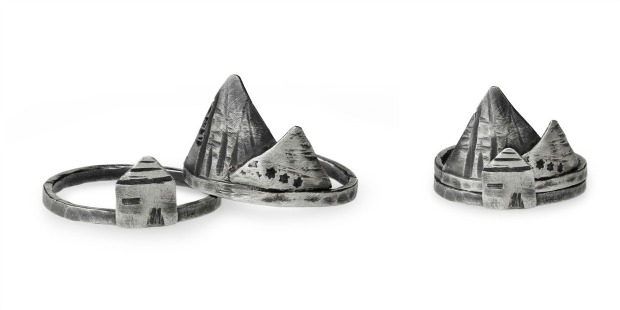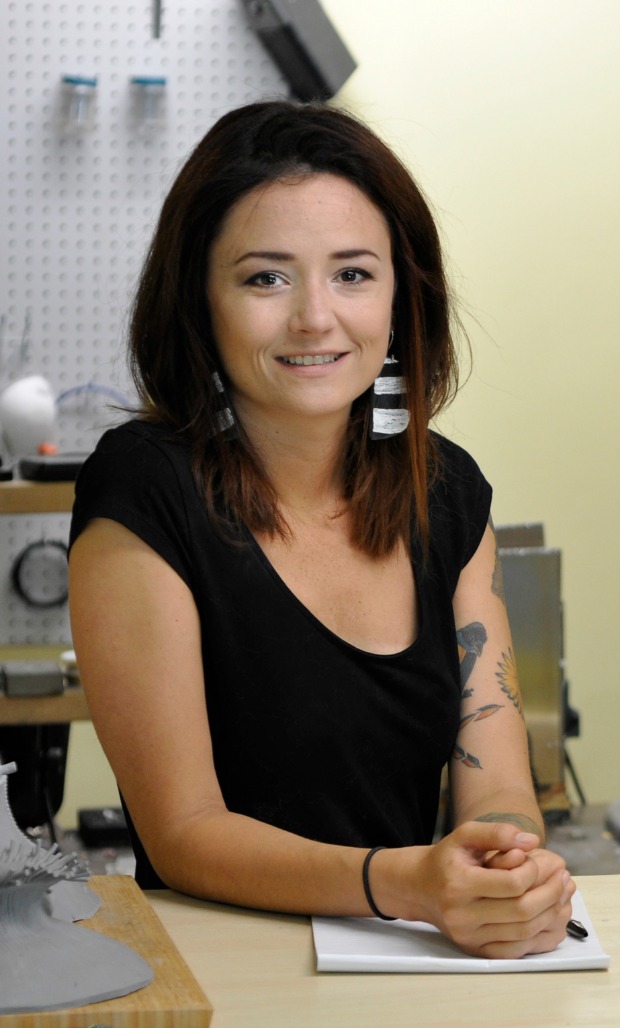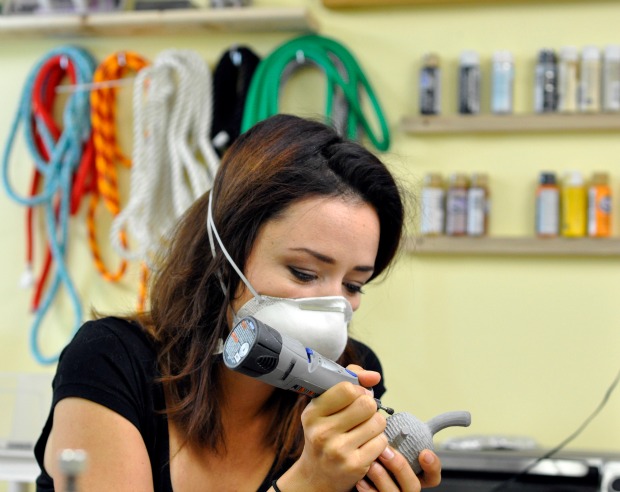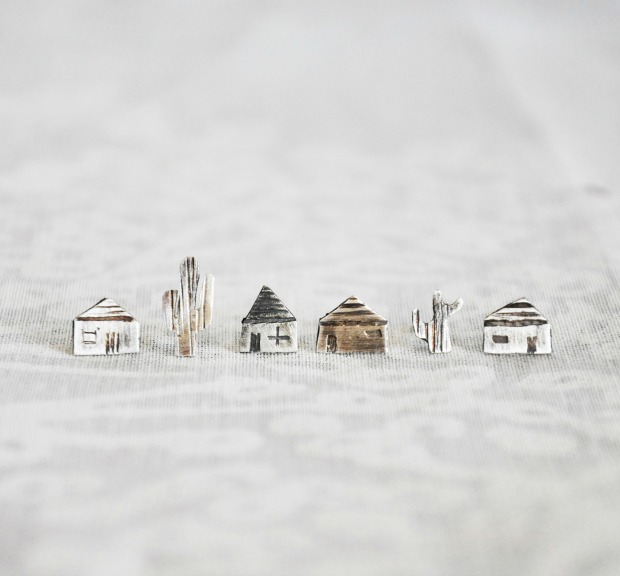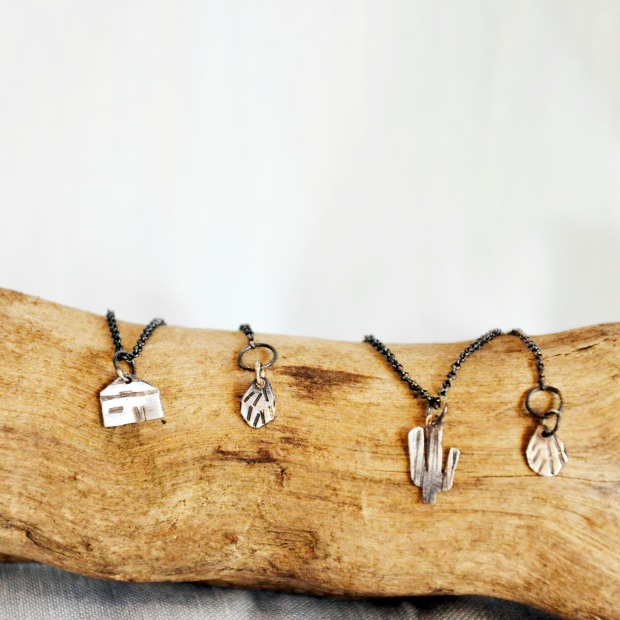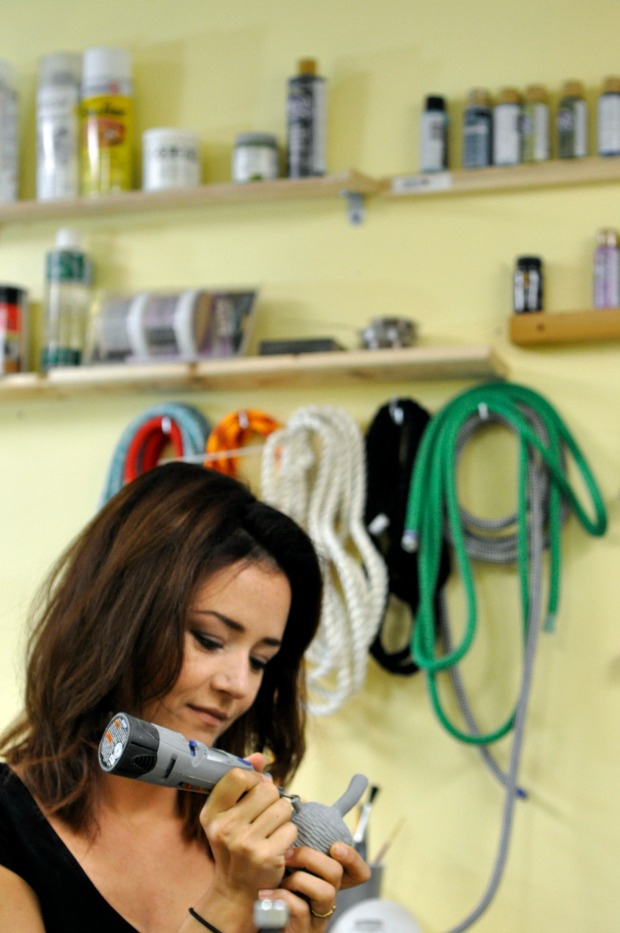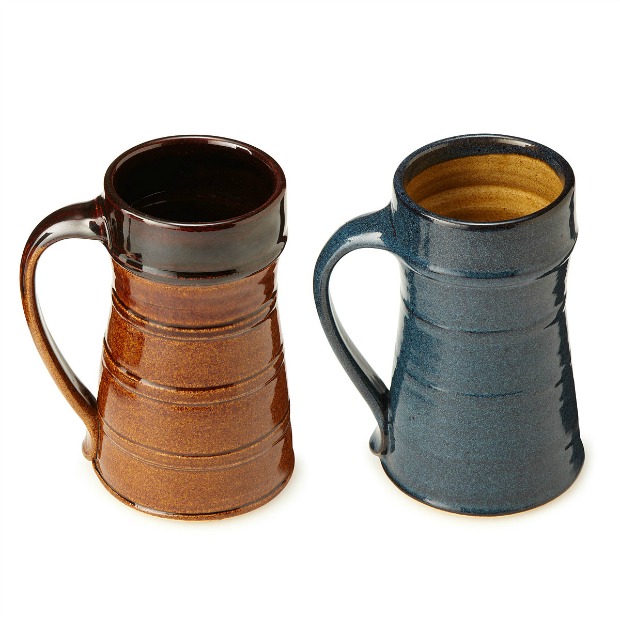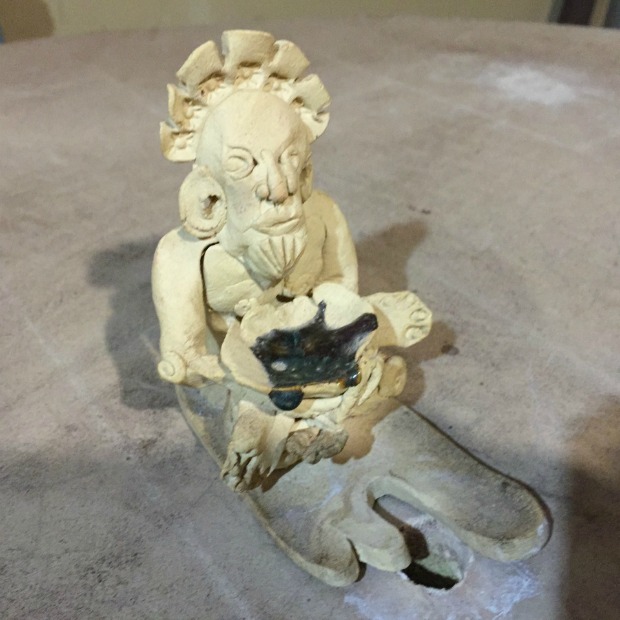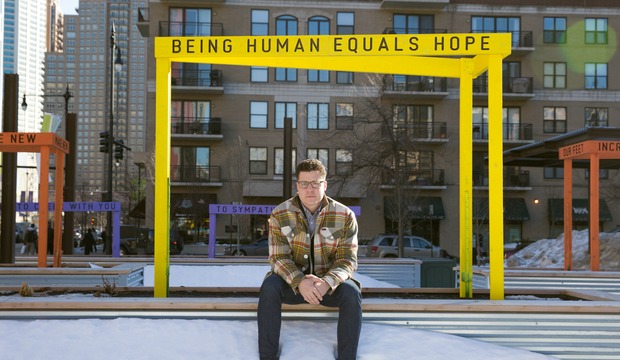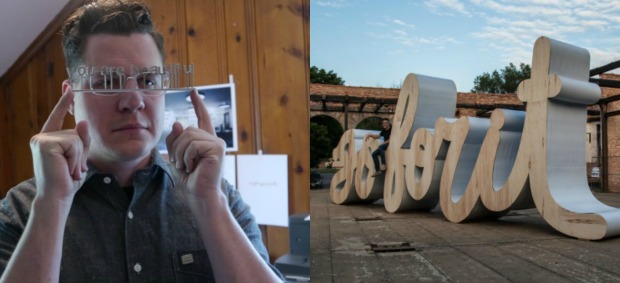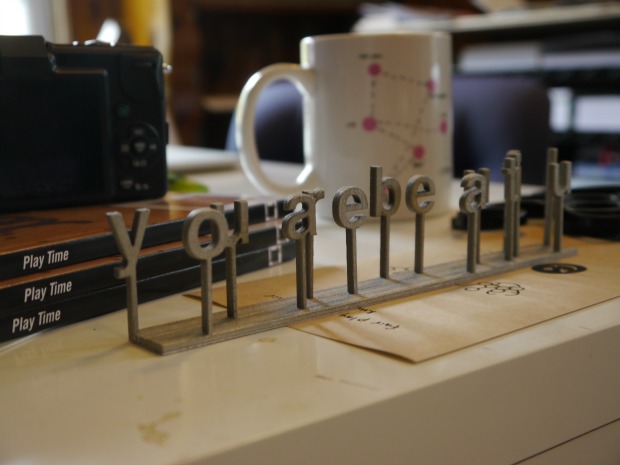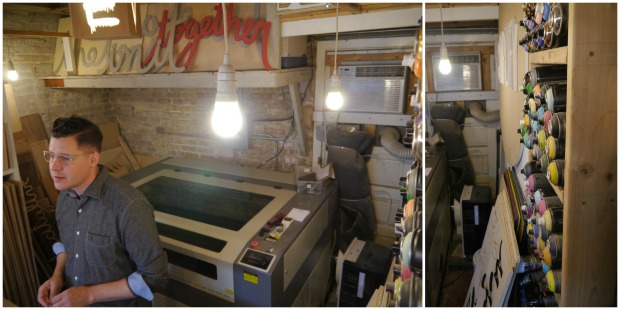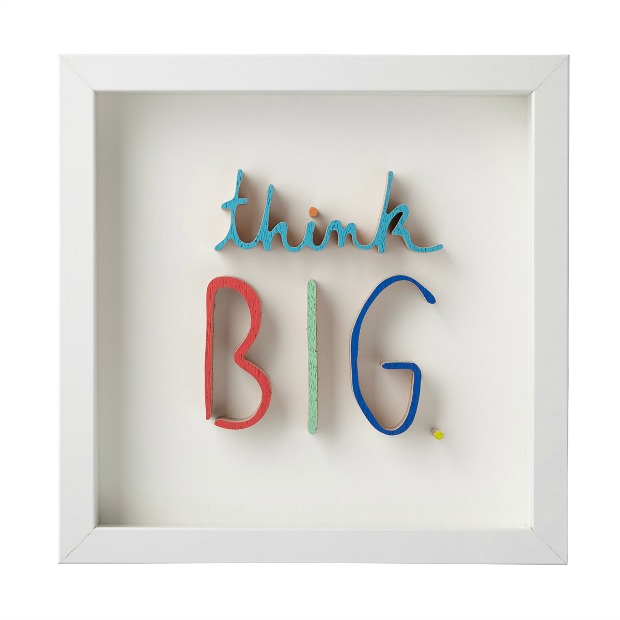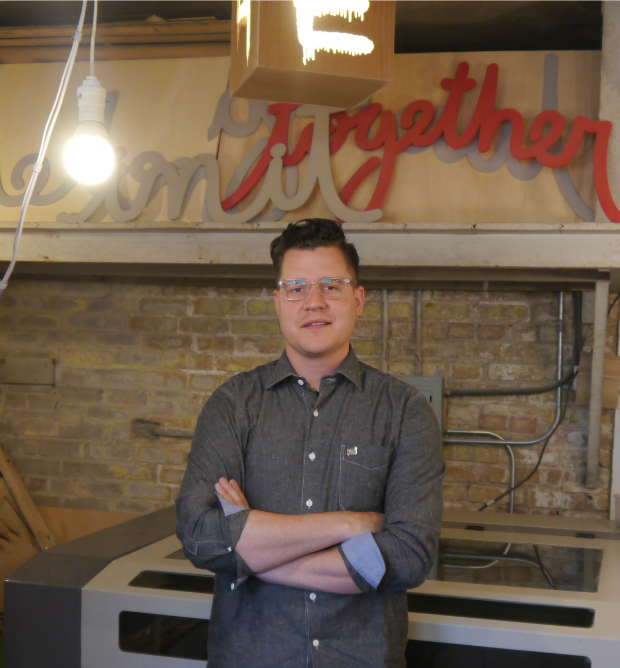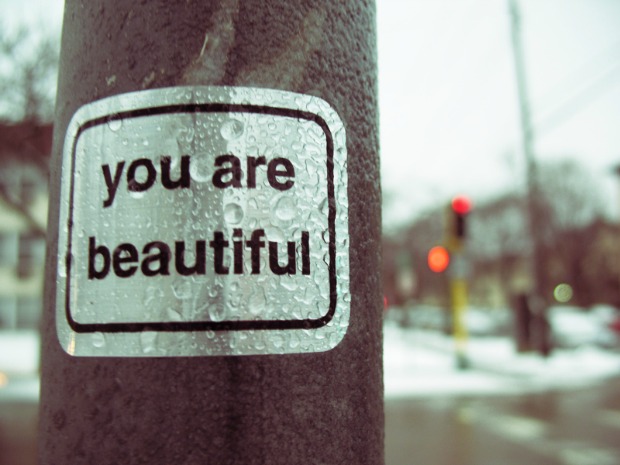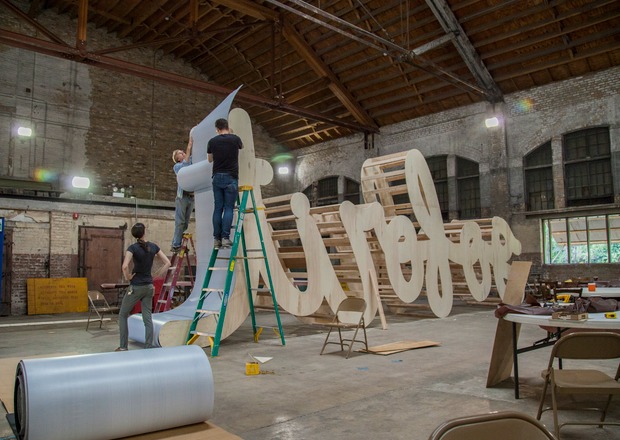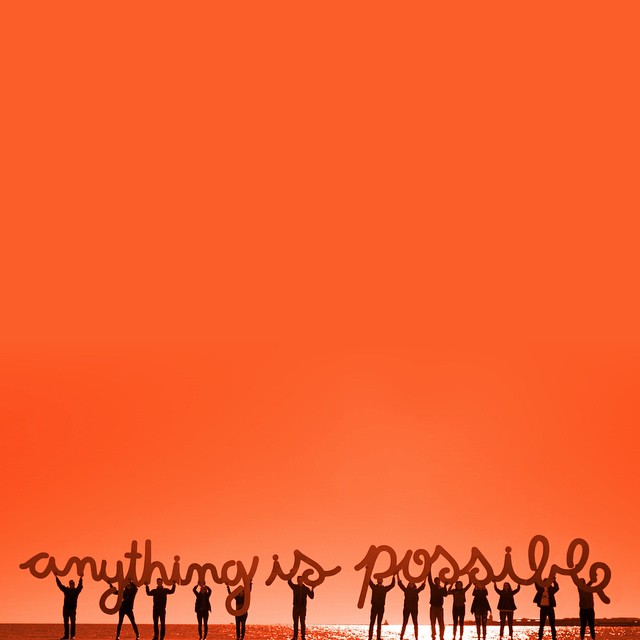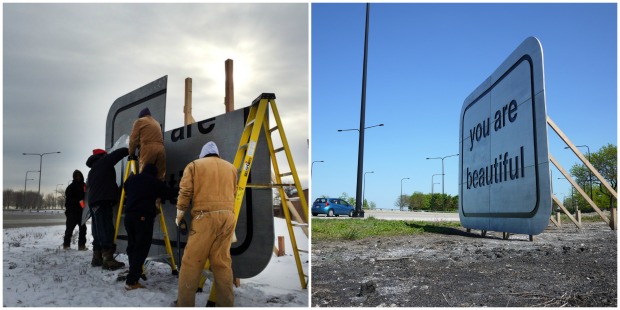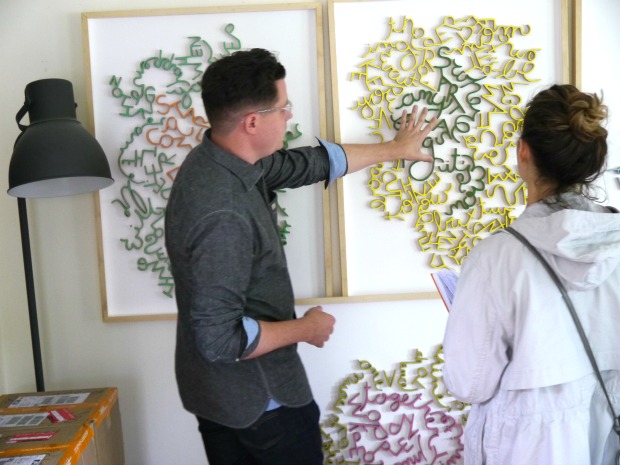Our makers never fail to motivate us, encourage our creativity, and fill us with inspiration. So, when a new design enters our assortment, we’re always excited to learn more about the person behind the product.
What gets an artist going and keeps them creating is certainly worth sharing, and every great connection starts with a simple introduction. Meet Tristan Martin, designer of the Wooden Wine Preserver.

When did you know you wanted to be an artist?
When I was a kid, I spent a lot of time in the garage building my own wooden toys. My parents encouraged me to use resources available around our house and in the garage to create my own entertainment. My dad was a hobbyist woodworker and taught me some basic skills. Some of my favorite childhood projects were an electric wooden helicopter with a paper clip for a switch, a wooden sailboat, a kayak, a skateboard, a bike trailer, swing-drawer keepsake boxes, and Adirondack-style chairs. I found joy in being creative, experimenting in the garage, and designing my own unique toys, and I’ve been working with wood and various other arts ever since.
What was the most exciting thing about becoming a professional artist?
I love being able to create something that’s useful and beautiful that people can use in their own homes. As a basement winemaker myself, I like knowing that my wine preserver enables people to enjoy each bottle of wine longer. It makes me happy, and I hope it brings a simple joy to my customers too.
What does your typical day in the studio look like?
I do my best thinking when I’m walking, so I start each studio day with a long stroll. This is usually the time that I come up with my most creative ideas. Good, strong coffee is another must-have, so I always start my day with a cup or two. My favorite time in my shop is morning, when the low sun streams through the open windows. I get into my groove listening to ’60s Latin Jazz.
Is there a trinket, talisman, or other inspirational object you keep near? If so, what is it and what does it mean to you?
I inherited my dad’s hand-built workbench and antique hand tools, a constant reminder of the childhood days I spent learning and working next to him in his own garage.

Tristan’s antique hand drill | photo by Stuart Mullenberg
Imagine you just showed your work to a kindergartner for the first time. What do you think they would say?
Even though my wine preserver is obviously designed for adults, I find that young kids are often surprisingly curious about the woodworking process, and they tend to ask some impressive questions about the details of my work. They’re especially curious about what the button and levers do.
What quote or mantra keeps you motivated?
I just love seeing my ideas through from start-to-finish. Watching the progression from raw wood to a polished piece gives me all the motivation I need.
What are your most essential tools?
My hand-crank coffee grinder rivals my woodworking tools for most indispensable.

